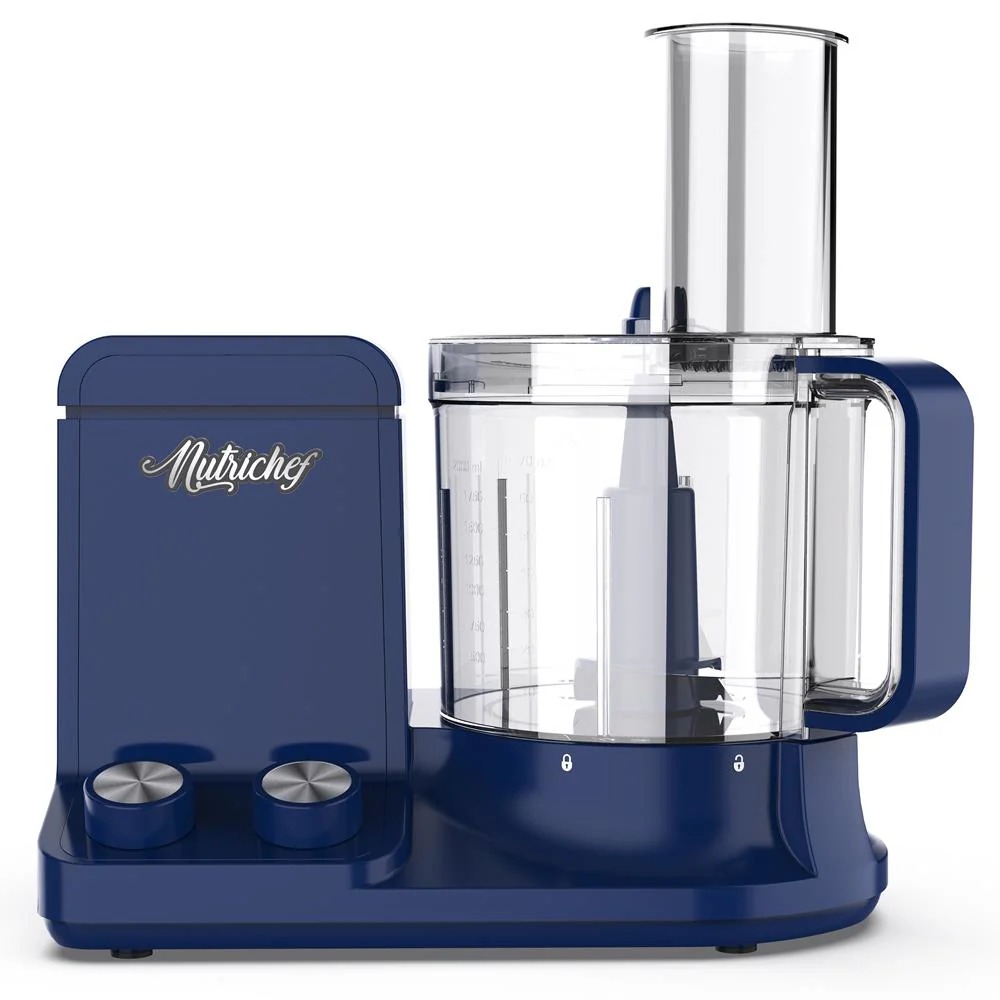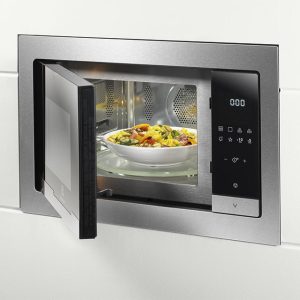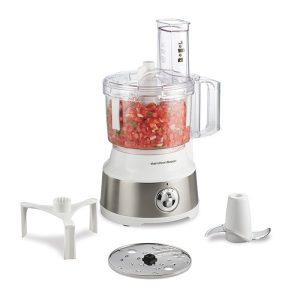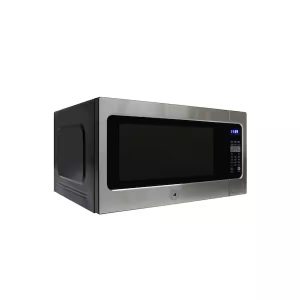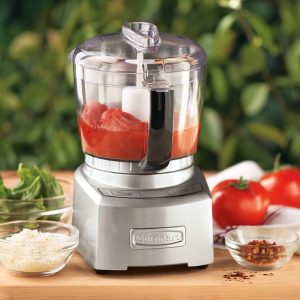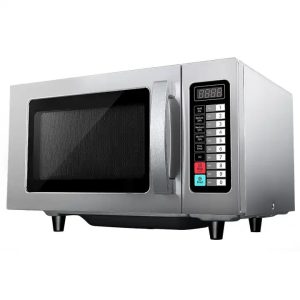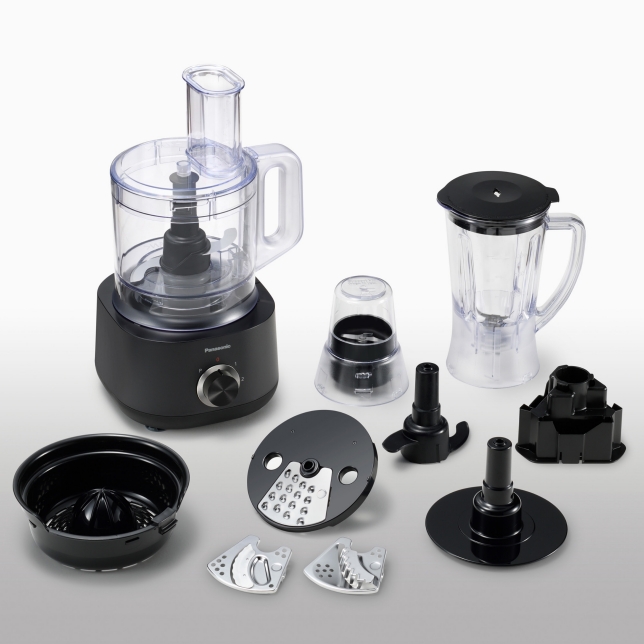
Why Use a Food Processor for Chopping Onions?
Best way to chop onions in a food processor is both efficient and tear-free. It saves you time, especially when you need to prep large quantities. With the machine’s sharp blades, you’ll get uniform pieces quickly, without the uneven chops hand cutting often produces. This method is ideal for dishes requiring finely diced onions, like salsas or sauces.
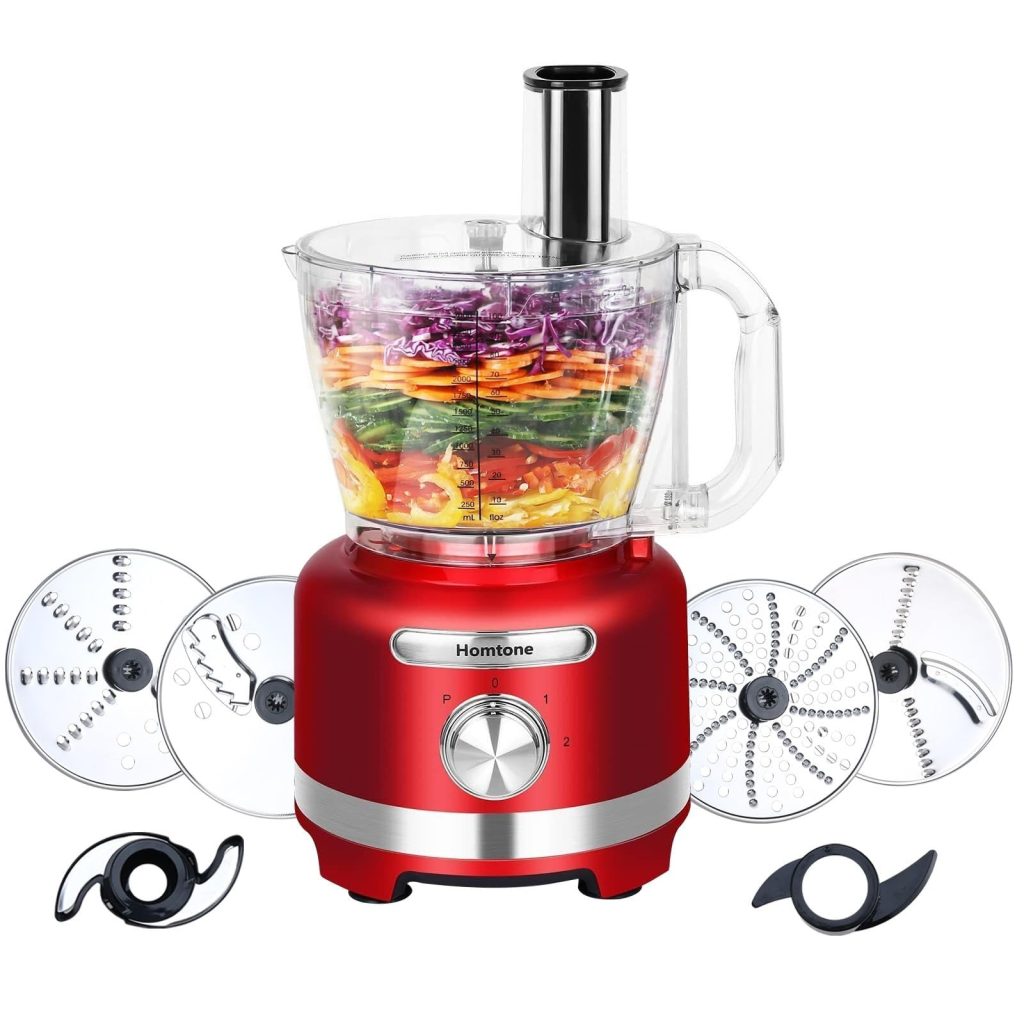
Selecting the Right Food Processor for Onion Prep
Selecting the best food processor for chopping onions involves several considerations. Size is key. A larger bowl size allows you to chop bigger batches, which is efficient for meal prep or when cooking for a crowd. Power is also critical. A strong motor ensures quick, consistent results without overheating. Look for processors with at least a 400-watt motor.
Blade quality matters too. Stainless steel blades maintain sharpness and resist corrosion. Some models come with multiple blade options, providing versatility for different cuts. Make sure the blades can easily detach for cleaning. Another factor is the pulse feature. This gives you more control over the chopping process, allowing for coarse or fine cuts.
Preparing Onions for the Food Processor
Preparing onions for your food processor is straightforward. Before you begin, remove the onion’s skin. This is because the skin can jam the blades of the food processor. Slice off the ends of the onion as well. Cut the onion into quarters to make it easier for the blades to work their magic. If your processor has a smaller bowl, you may need to chop the onion into smaller pieces. Ensure the pieces are similar in size for uniformity in chopping. It’s also good to check that your food processor is clean and ready to go. Place the onion pieces evenly into the processor’s bowl. This helps to avoid overloading one side and ensures even chopping. N
Step-by-Step Guide to Chopping Onions with a Food Processor
Chopping onions with a food processor is simple. Follow these steps to do it right. First, ensure your food processor is clean and the blade is sharp. A dull blade can squish the onions rather than chop them. Next, peel your onions and slice off the ends. Cutting them into quarters makes it easier for the food processor to chop them uniformly.
Remember to use even pressure when pulsing.
It helps achieve uniform pieces. After chopping, carefully remove the blade from the bowl. Use a spatula to scrape out the onions. There you have it, the best way to chop onions in a food processor. Quick, clean, and with no tears.
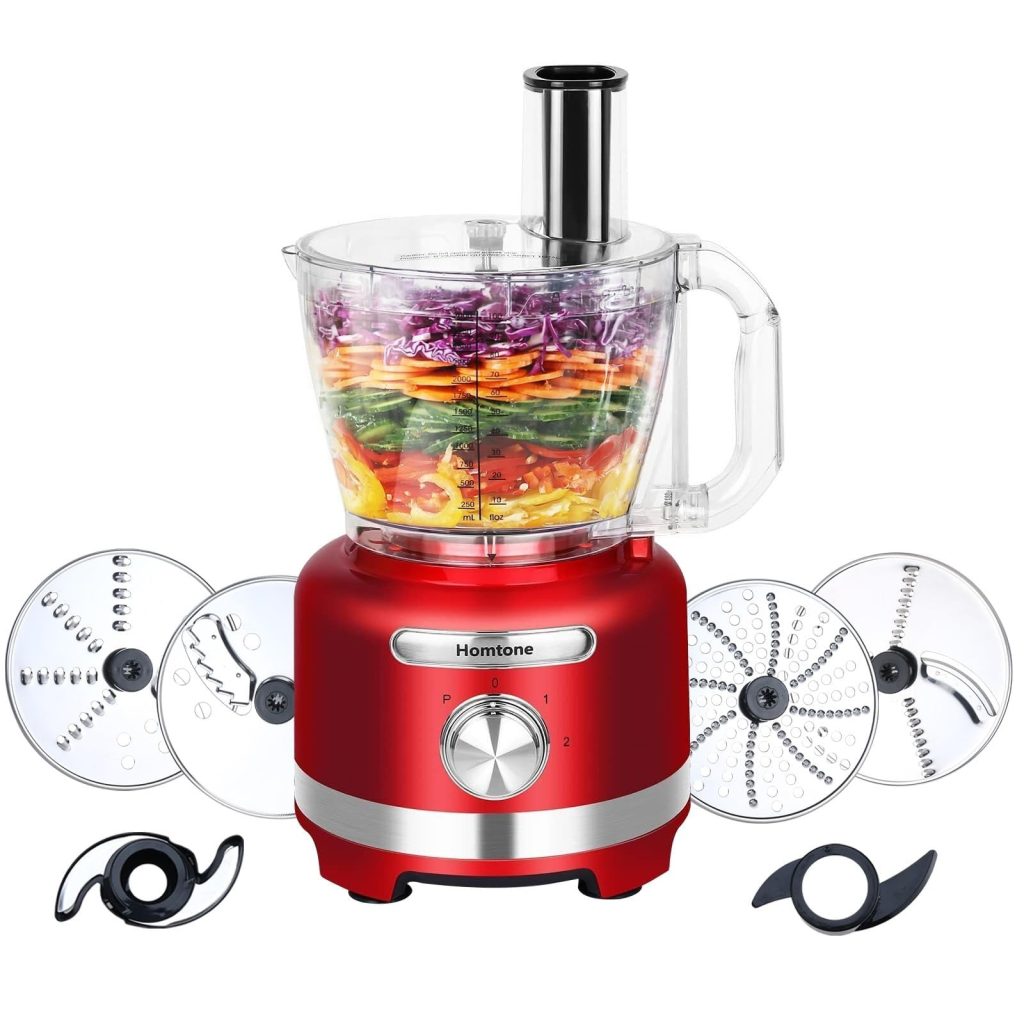
Tips and Tricks for Perfectly Chopped Onions Every Time
Achieving perfectly chopped onions with a food processor isn’t just about the chopping process. There are several tips and tricks that can enhance your results every time. Here’s what you need to know:
- Dry Onions Work Best: Before chopping, pat the onions dry. Excess moisture can lead to mushy results.
- Use Short Pulses: Control your chops. Short, quick pulses deliver better texture and uniformity than running the machine continuously.
- Don’t Overfill: Avoid filling the bowl to the top. Overcrowding can result in unevenly chopped onions.
- Even Distribution: Spread the onion pieces evenly in the bowl. This ensures each piece is hit by the blade.
These tips help in utilizing the best way to chop onions in a food processor effectively. With practice, you’ll get the perfect chop, every time. Remember, consistency is key – in both the size of the onion pieces before processing and in the pulse technique during chopping.
Cleaning and Maintenance of Your Food Processor After Onion Prep
Cleaning your food processor after chopping onions is crucial for its longevity and performance. Here’s a simple guide to keeping it in top shape:
- Unplug the Machine: Safety comes first. Always unplug the food processor before cleaning.
- Disassemble Parts: Remove the bowl, blades, and any other removable parts.
- Rinse Blades: Rinse the blades under warm water. Use a brush to remove onion bits.
- Wash Bowl and Accessories: Wash the bowl, lid, and other parts with warm, soapy water.
- Dry Thoroughly: After washing, dry all components completely. Water spots can lead to corrosion.
- Wipe the Base: Use a damp cloth to clean the motor base. Avoid submerging it in water.
- Reassemble After Drying: Make sure all parts are dry before putting the processor back together.
Regular maintenance ensures the best way to chop onions in a food processor remains efficient. A clean and well-maintained food processor is ready for your next culinary challenge, ensuring consistent results every time you use it.
Creative Recipes that Utilize Your Chopped Onions
Now that you’ve mastered the best way to chop onions in a food processor, let’s put those skills to good use with some creative recipes. Onions are a versatile ingredient that can enhance a multitude of dishes with their unique flavor and aroma.
- Savory Onion Tart: Use your processor-chopped onions to fill a delicious tart. Mix with cream and eggs for a rich quiche-like texture.
- Onion Chutney: Combine onions with vinegar, sugar, and spices. Cook until caramelized. Spread on burgers or serve with cheese.
- French Onion Soup: Slowly cook your chopped onions until golden brown. Add beef stock and a bay leaf. Top with a toasted baguette slice and melted Gruyere cheese.
- Onion Marmalade: Simmer onions with wine and a touch of sugar. This sweet-savory condiment pairs well with roasted meats.
These recipes show the adaptability of chopped onions, transformed from a basic ingredient to a star feature in any meal. Using a food processor not only makes prep work easier but also opens up a world of culinary possibilities. Try these ideas and enjoy the diversity chopped onions bring to your cooking.
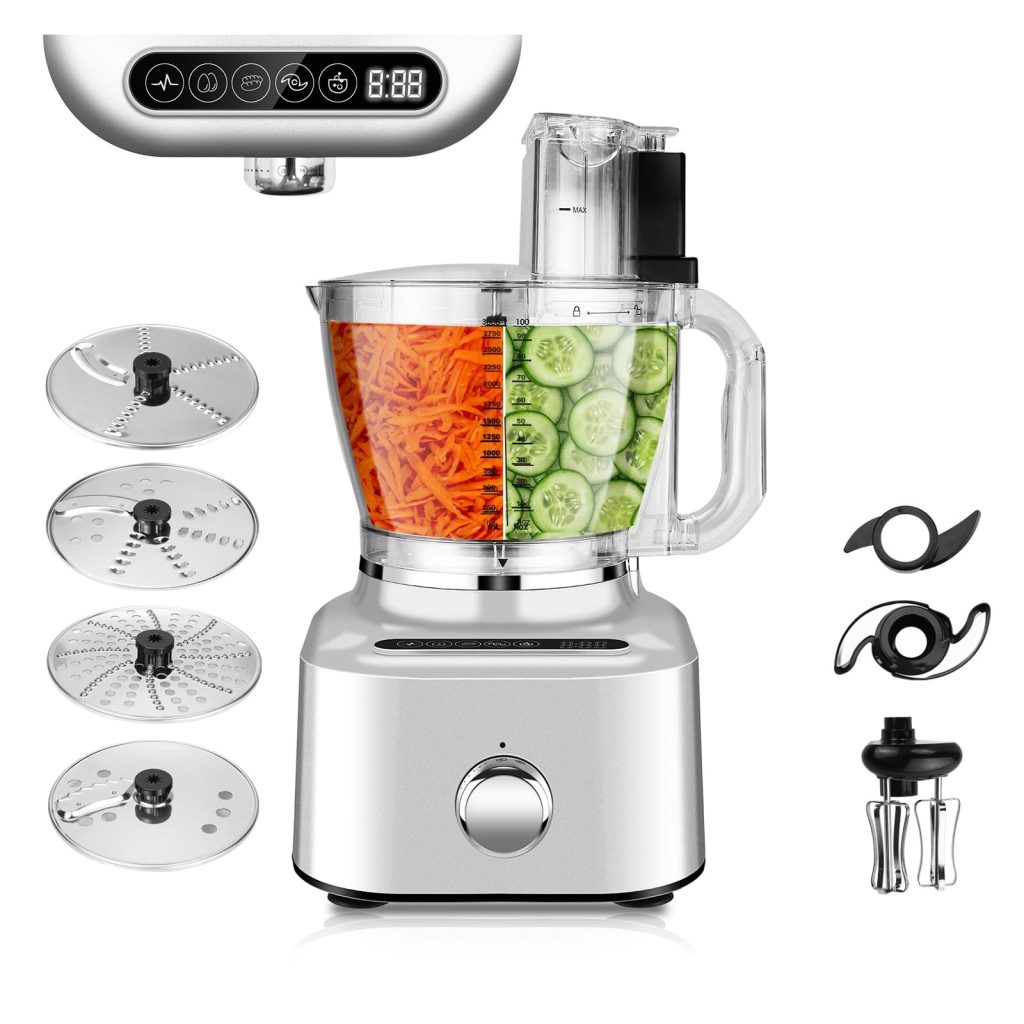
Alternatives to Using a Food Processor for Onion Chopping
Although food processors are ideal for chopping onions, there are alternatives you can use. Here are a few methods:
- Manual Chopping with a Sharp Knife: A very sharp knife can make quick work of onion chopping. Just dice evenly for the best texture.
- Mandoline Slicer: This tool can create thin, even onion slices. Be sure to use the hand guard for safety.
- Box Grater: The large holes of a box grater can shred onions quickly. It’s great for recipes requiring fine onion pieces.
- Slap Chopper: A slap chopper is a hand-held device that chops as you press down. It produces small, uniform pieces.
- Electric Mini Chopper: Smaller than a food processor, a mini chopper works well for quick jobs or smaller quantities.
Each of these methods can be the best way to chop onions in a food processor’s absence. They offer different levels of convenience and control. Choose the one that fits your needs and skills in the kitchen.
Advantages of a food processor
In the modern kitchen, efficiency and versatility are key to preparing delicious meals without spending hours on tedious tasks.
Time-Saving Efficiency
Automating Repetitive Tasks
One of the most significant advantages of a food processor is its ability to save time. Tasks that would normally take minutes or even hours by hand—such as chopping onions, grating cheese, or kneading dough—can be completed in seconds with a food processor. This automation allows users to focus on other aspects of meal preparation, making cooking more enjoyable and less stressful.
Versatility in Functionality
Multifunctional Design
A single food processor can replace multiple kitchen tools, making it a highly versatile appliance. Most models come with interchangeable blades and attachments that allow you to perform a variety of tasks, including slicing, dicing, shredding, pureeing, blending, and even juicing. This versatility reduces clutter in the kitchen and ensures you have the right tool for every job.
Adaptability to Recipes
Whether you’re making a smooth hummus, a chunky salsa, or a delicate meringue, a food processor can adapt to your needs. By adjusting the speed settings and blade configurations, you can achieve the desired texture for any recipe. This adaptability makes food processors suitable for both simple and complex dishes.
